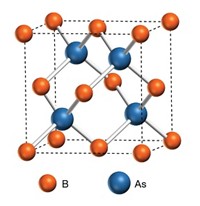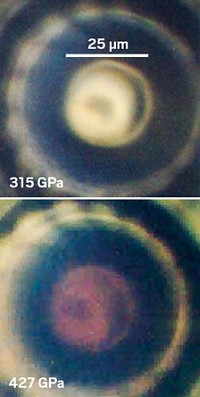Advertisement
Grab your lab coat. Let's get started
Welcome!
Welcome!
Create an account below to get 6 C&EN articles per month, receive newsletters and more - all free.
It seems this is your first time logging in online. Please enter the following information to continue.
As an ACS member you automatically get access to this site. All we need is few more details to create your reading experience.
Not you? Sign in with a different account.
Not you? Sign in with a different account.
ERROR 1
ERROR 1
ERROR 2
ERROR 2
ERROR 2
ERROR 2
ERROR 2
Password and Confirm password must match.
If you have an ACS member number, please enter it here so we can link this account to your membership. (optional)
ERROR 2
ACS values your privacy. By submitting your information, you are gaining access to C&EN and subscribing to our weekly newsletter. We use the information you provide to make your reading experience better, and we will never sell your data to third party members.
Physical Chemistry
Putting the squeeze to Au and Pt
Measurements at extreme pressure could help with experiments of exotic materials
by Sam Lemonick
June 3, 2021
| A version of this story appeared in
Volume 99, Issue 21

Scientists have studied the behavior of gold and platinum at pressures near 1 terapascal (TPa)—a trillion pascals—several times the pressure at Earth’s center (Science 2021, DOI: 10.1126/science.abh0364). They say the new data will provide useful references for researchers studying the exotic behavior of other materials at very high pressures.
At pressures of hundreds of billions of pascals, hydrogen becomes a metal and other materials become superconductors. The extreme conditions that make these extraordinary behaviors possible also make experiments very difficult for scientists. Experiments at these pressures are often conducted within diamond anvil cells that squeeze tiny samples, and it’s not possible to directly measure the pressure experienced by the material inside. Scientists therefore rely on indirect measurements—like density—and reference materials like gold and platinum to determine the pressure inside the cell, which leaves some uncertainty in the value.
Researchers at Lawrence Livermore National Laboratory and Sandia National Laboratories set out to make more-precise measurements of the density of Au and Pt under high pressure so that scientists will be able to make better predictions about other materials. Dayne E. Fratanduono of the LLNL says his group was able to reduce uncertainties in the pressure inferences from 10–20% to just a few percent in some cases.
The researchers used two high-energy machines for their experiments. At LLNL’s National Ignition Facility, they bombarded a sample with 172 lasers to create waves of electrons that crushed their samples. Sandia’s Z machine is more like “throwing thunder bolts,” generating a current of about 20 million amperes to squeeze the samples with copper electrodes, Fratanduono says. The former produced higher pressures—up to 5 TPa—but less precise measurements, while the latter generated about 400 GPa but more-precise results. The group combined data from both experiments to draw a new phase diagram mapping density as a function of pressure for each metal.
The new data may help clarify some discrepancies seen in high-pressure experiments. For instance, several groups have claimed that they have made metallic hydrogen at varying pressures, and disagreements about the interpretation of the results have occasionally become quite bitter. Fratanduono says his group reevaluated one such study—a 2017 experiment (Science, DOI: 10.1126/science.eaal1579) that used a gold reference—and found the calculated pressures were off by a few percentage points, although his group did not publish those calculations.
In a Perspective article accompanying the study (Science 2021, DOI: 10.1126/science.abi8015), planetary geophysicist Raymond Jeanloz says the new measurements could let research groups around the world more easily compare the results of their experiments if they use these references. Fratanduono says the team hopes to repeat its work for other common reference materials like copper and tantalum.





Join the conversation
Contact the reporter
Submit a Letter to the Editor for publication
Engage with us on Twitter